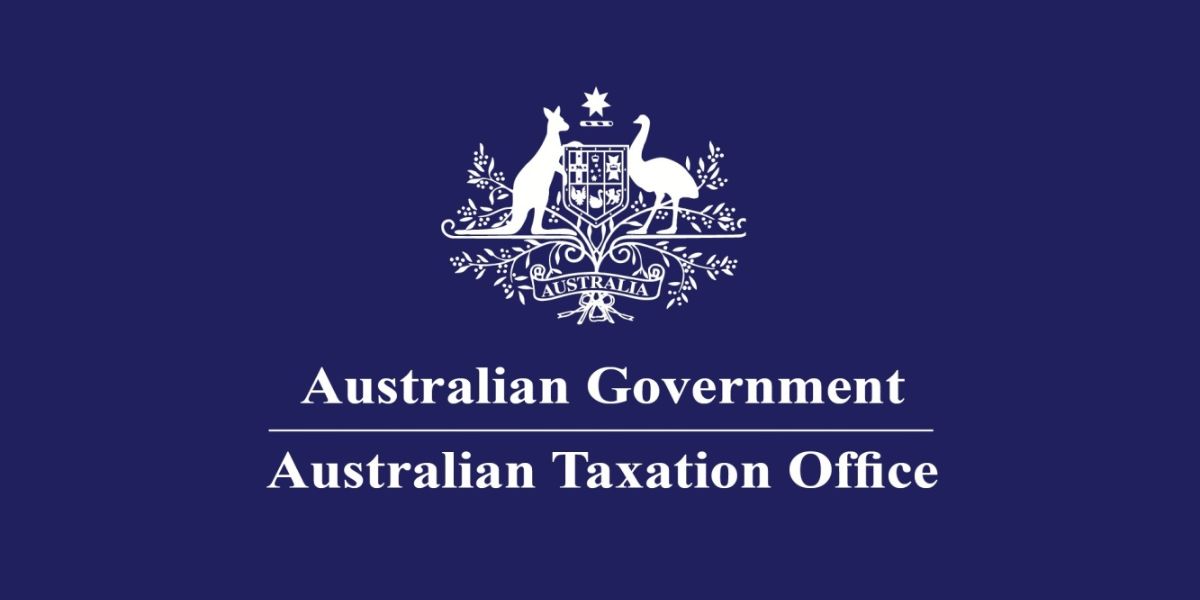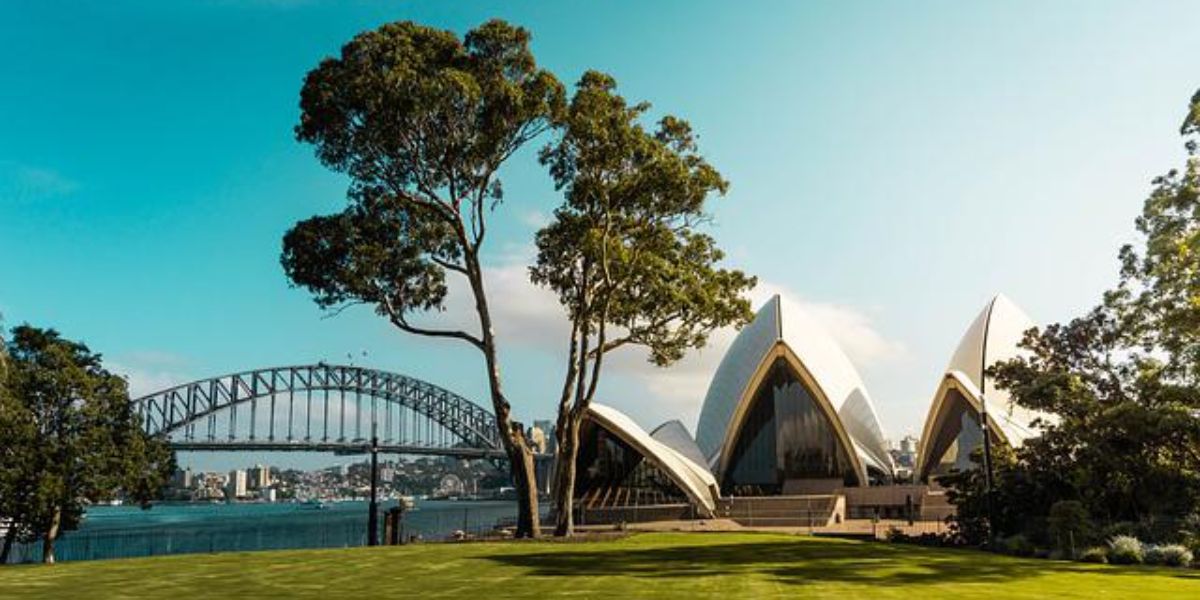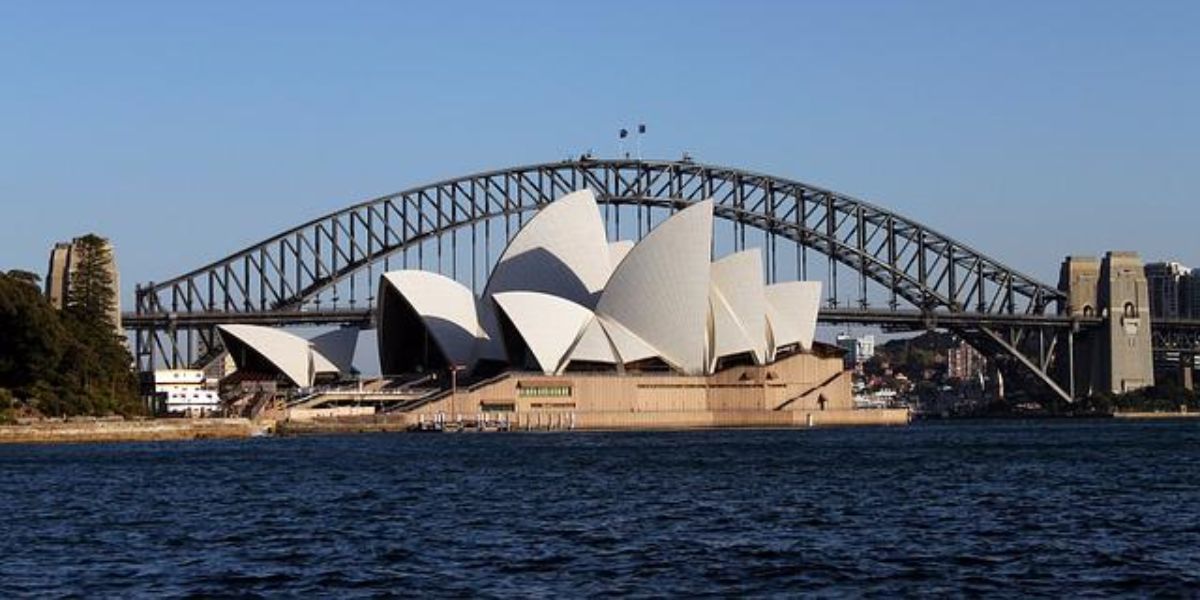Australian retail sales remained unchanged in July, following two months of growth, indicating that recent tax cuts have yet to spur important consumer spending. The Australian Bureau of Statistics (ABS) reported no month-on-month change in July, down from June’s 0.5% increase.
Analysts had initially anticipated a 0.3% rise.
Year-on-year sales growth slowed to 2.3% from June’s 2.9%, lagging behind the 2.6% population growth. Notably, clothing and department store sales fell by 0.6% and 0.5%, while spending at cafes, restaurants, and on takeaway food dropped by 0.2%. Food retailing was the only sector to see a modest increase of 0.2%.
“Overall, it’s evident that consumer spending lacked momentum at the start of the quarter. Although it’s still early, the data generally support our belief that Australian households are not quickly spending their new tax cuts,” said Abhijit Surya, Australia and New Zealand economist at Capital Economics.
The RBA has raised interest rates by 425 basis points to 4.35% since May 2022 to control inflation, which remained at 3.5% in July, exceeding the target range. Despite high property prices and recent tax cuts providing average wage earners an extra AUD 1,500 annually, policymakers have dismissed the possibility of a near-term rate cut, given the uncertain impact on consumption.
Recent card transaction data from Westpac highlights that consumers are primarily saving their tax cut benefits rather than spending them, suggesting a potentially soft third quarter. Market expectations for a rate cut in December have diminished, now with only an 80% probability.
















